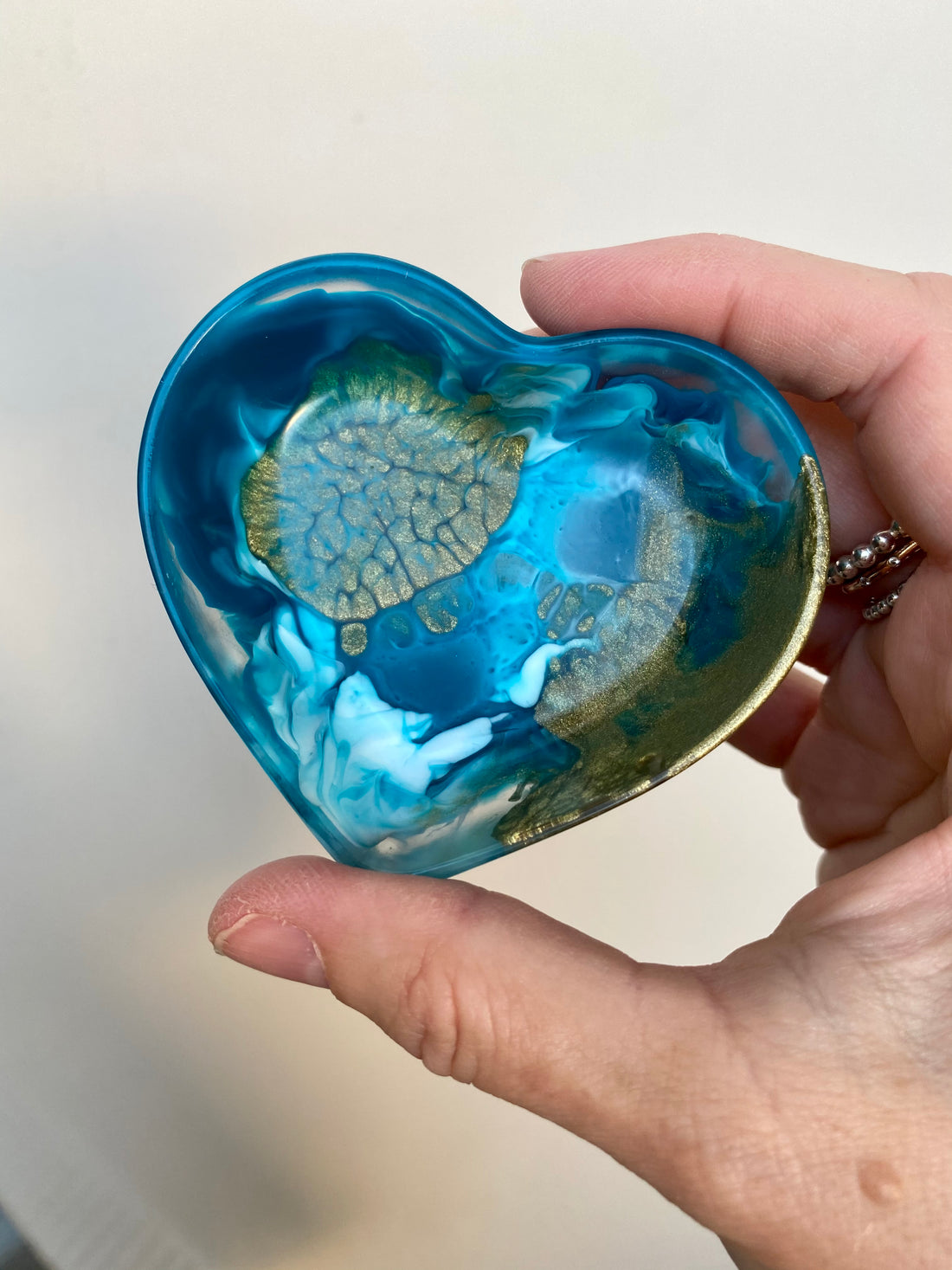
What is resin?
First published in 2015
Ok…so what exactly is resin? Well it turns out this is a whole lot harder to describe than you would think!
I’ll do my best to briefly outline the basics as I know it – a scientist can give you the insight into the real molecular make-up!
Get ready for your Chemistry 101 lesson!!
“Resin” is a term widely and commonly used to describe a compound that starts in a liquid form and then hardens to a solid, thus mimicking tree resin.
True resin comes from trees. It is an organic material used in the manufacture of varnishes, food glazing agents and also incense and perfumes (think pine scented products).
Synthetic resins like the ones used for jewellery, crafting and industry have been manufactured to mimic natural plant resins – that is they are viscous (thick + sticky) liquids that are capable of hardening permanently. They are an inorganic material.
Some common synthetic resins include:
Epoxy resin – to produce small-scale models, jewellery and castings,
Enviro resins or Bio resins are an epoxy resin and are a synthetic resin created using industrial by-products, or waste products, to form another product – thus being environmentally friendly (reduce, reuse, recycle) rather than an organic product as may be implied. Surfboards, some jewellery and pens are commonly made from this. A beautiful and awesome way to re-purpose industrial waste.
Polyurethane resin – again to produce small-scale items,
Polyester resin – to commonly produce large-scale plastic objects like furniture, but is also used in bulk jewellery manufacture,
Acrylic resin – to produce products such as Plexiglass, and more recently to create concrete looking resin items. Although you "just add water" this is still a man made product and should be treated with care whilst uncured. When cured it is sealed with an acrylic sealer which again needs the proper equipment to use.
Silicone resin – to produce a flexible silicone rubber.
So that’s resin in a nutshell…but how does it work?
Basically a thermosetting (heat cured) synthetic resin is mixed with a curing agent (polymerisation catalyst) at room temperature. (Still with me?) Depending on the products used and ambient temperature curing time can be anything from 5 mins to 3 days for a small object!
Hang on I’ll try again…
To cast an object, a synthetic resin (Part A) is mixed with a curing agent (Part B) and poured into a prepared silicone mould. Mixing the two parts together causes an exothermic reaction. This is a chemical reaction to release heat. In this moment the resin produces extreme heat for a brief period – the resins I use heat up to 110 degrees Celsius – hence the need for properly suited moulds! Once the curing process is completed the object can be released from the mould and sanded and polished ready for use.
I use epoxy and polyurethane resins to produce my products (polyester resins are just too smelly for me!) and bio resin (where I can – although this is only suited for some items/moulds). I have a few different product types that I use as the way they have been formulated means they have different properties and uses. Some are for doming, some for casting, some are better for embedding, some are quick set and some take longer to cure! Playing with the different synthetic resins available and testing their parameters in the studio is a HUGE part of the fun!
So when you ask me “What exactly is resin” and I answer you with “Its closest cousin would be plastic” I’m actually not that far off!!!
(and you, my friend, just moved to the top of the class!)
xx
